Gorée Island
This tiny, tranquil Senegalese island serves as a powerful symbol of the Atlantic slave trade.
Gorée is a peaceful island of about 45 acres with a permanent population of around 1,600 people. Pastel-colored houses sit along quiet cobbled streets, and there are no cars to shatter the calm. Historically, however, the island, with its deep harbor and defendable shores just off the coast of Senegal, has been fought over frequently by colonial powers, including the Portuguese, Dutch, British, and French.
The island is perhaps best known for its role as a strategic trading post for the transatlantic slave trade. Its most famous building, the House of Slaves, was, by some accounts, the first stop for around 20 million African enslaved workers. And while the actual extent of Gorée’s involvement has been questioned by historians, it nonetheless serves as a symbol—a “memory island”—of the Atlantic slave trade.
Though slavery existed in Africa before Europeans arrived, the demand for enslaved people in the European colonies of the Western Hemisphere greatly expanded the African slave trade beyond taking people captive in war. Central Africa lost as much as one-third of its population during the early years of colonial rule.
Prime ministers, president, and popes have visited Gorée in recent years, including Pope John Paul II, Nelson Mandela, and Barack Obama. They, like the many tourists who make the pilgrimage to the island, toured Gorée’s various museums and the remains of colonial-era forts. And, of course, the House of Slaves, which sits at the heart of the experience. The former trading house serves as an emotional memorial to the brutality and suffering unleashed by the Atlantic slave trade. Reconstructed and opened as a museum in 1962, it displays the horrific treatment that enslaved people would have experienced in trading houses, where they were treated not as humans but as chattel.
Tours take visitors through the Door of No Return. According to one of the museum’s main founders, the late Boubacar Joseph Ndiaye, as many as 15 million enslaved men and women passed through this door, never to see their continent again. Visitors also walk through the cramped basement cells, where guides point out shackles on the walls. Upstairs, the museum displays chains for the neck, ankles and feet; various tools used for punishments; and a 17-pound, cast-iron ball that was chained to any enslaved person suspected of daring an escape.
Know Before You Go
Gorée is located about 1.2 miles from the main harbor of Dakar. Ferries depart frequently between Dakar and the island, taking about 20 minutes. There is only one hotel on the island, so the majority of tourists visit as a day trip. You’ll need to pay a small tourist tax of CFA600 (about $1 US) when visiting the island, and the same for entering the House of Slaves.

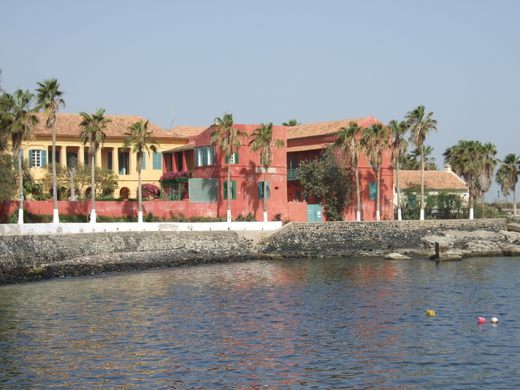

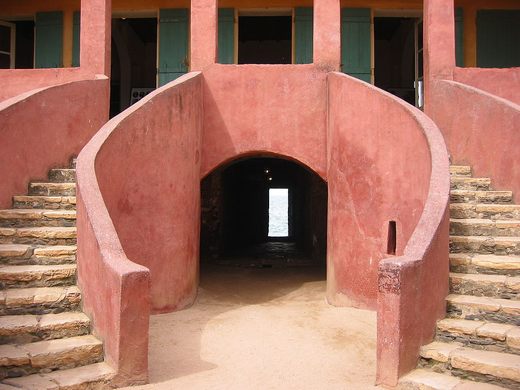
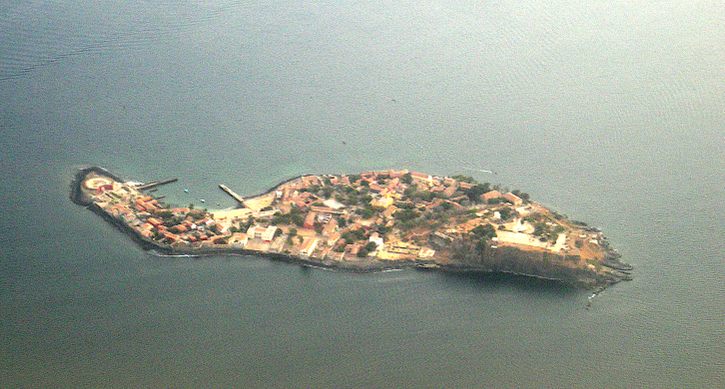

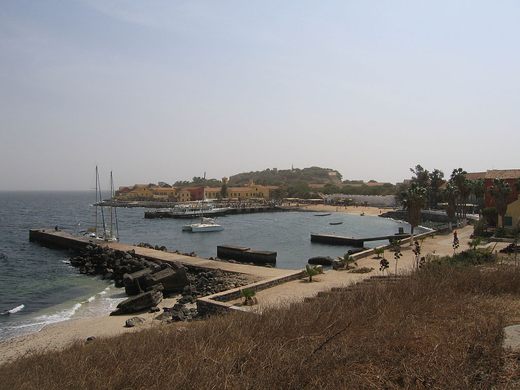
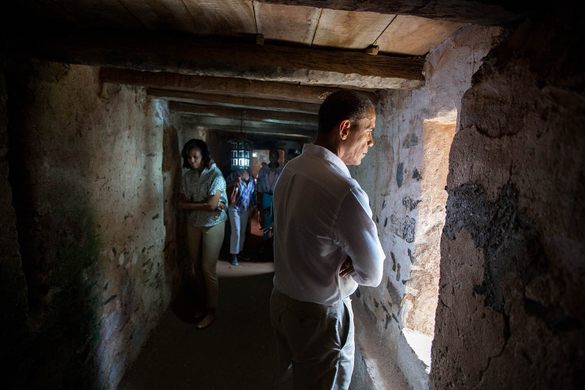
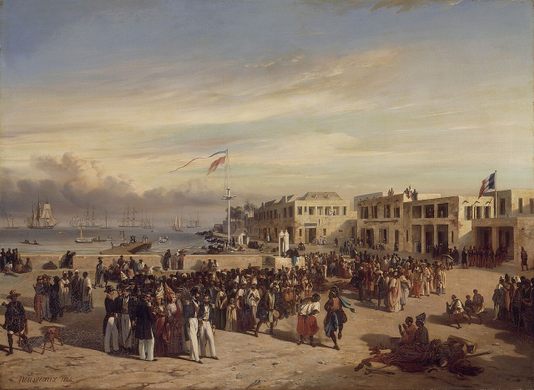
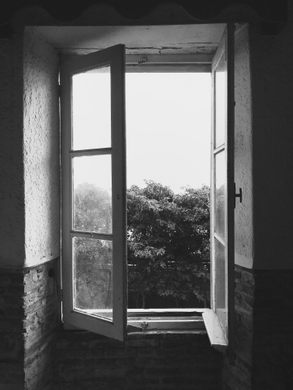
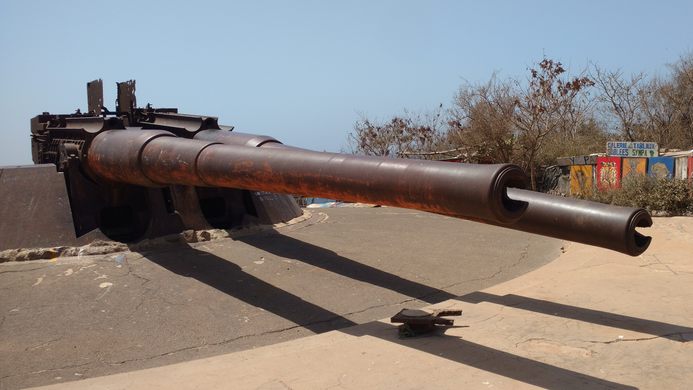


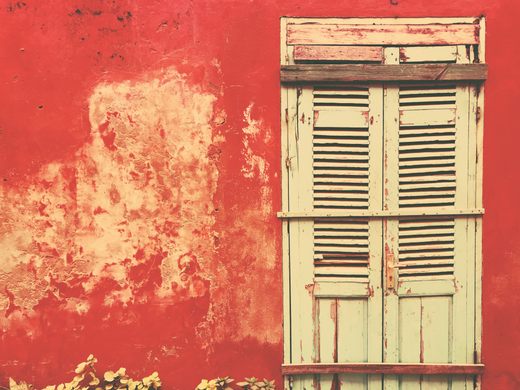
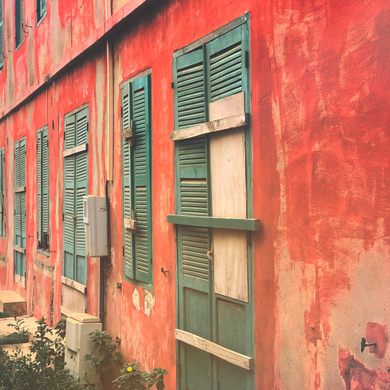
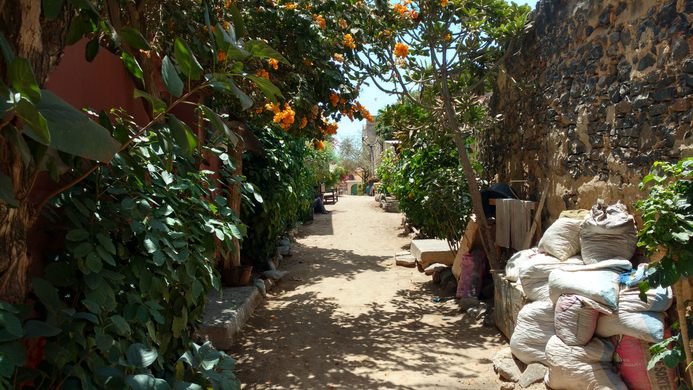





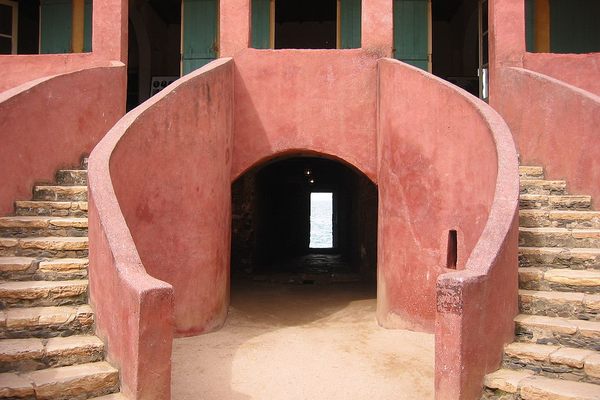






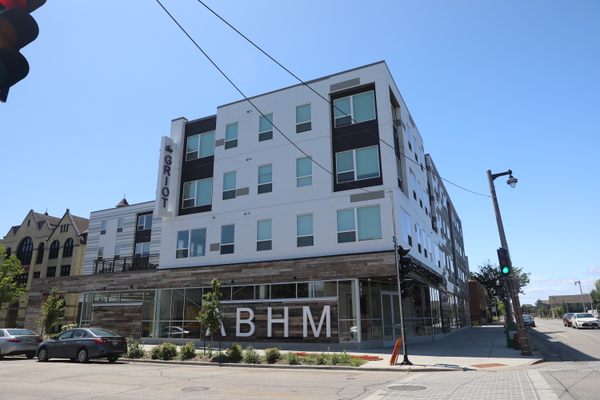

Follow us on Twitter to get the latest on the world's hidden wonders.
Like us on Facebook to get the latest on the world's hidden wonders.
Follow us on Twitter Like us on Facebook